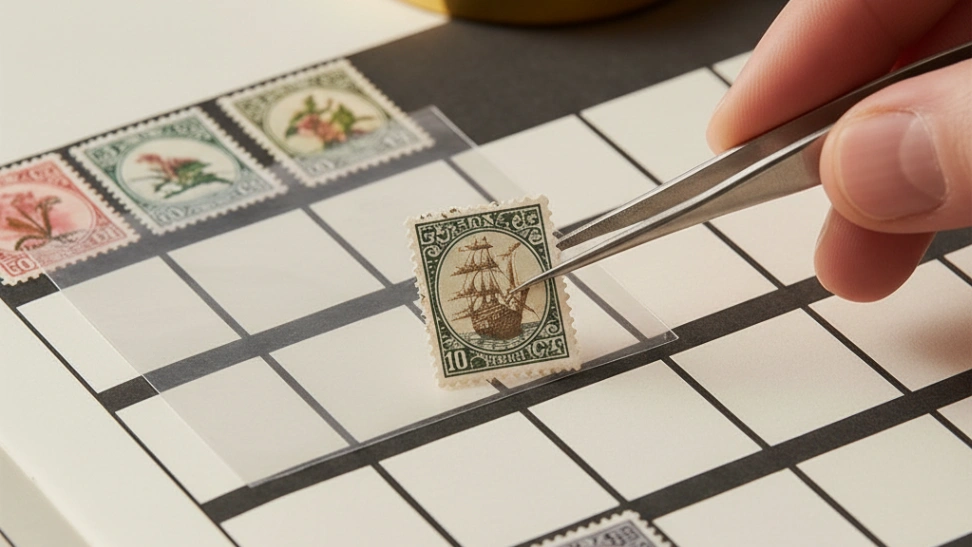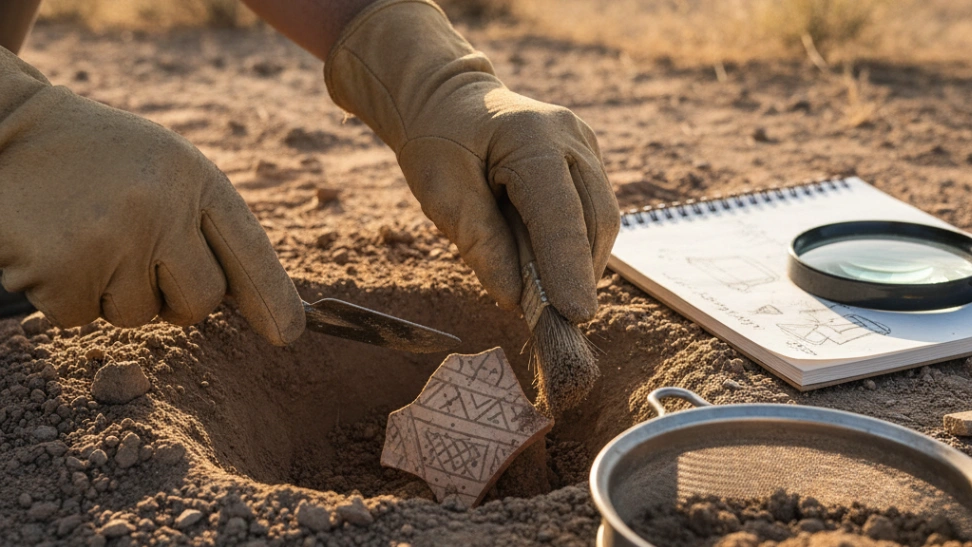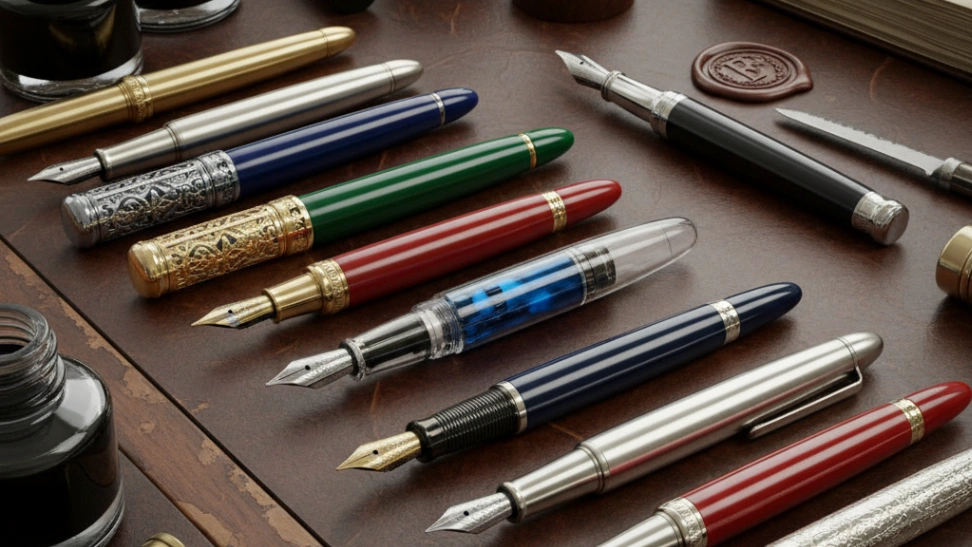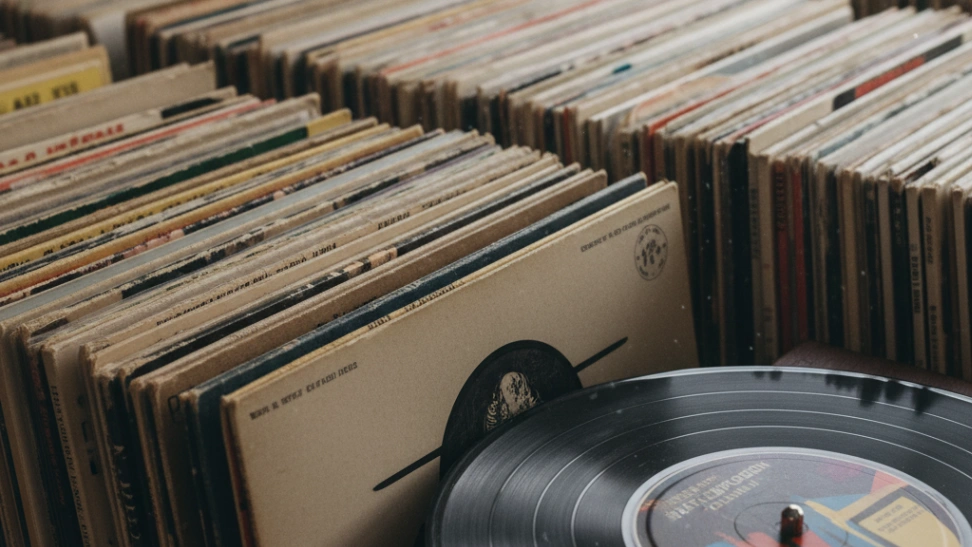The allure of stamp collecting lies in its multifaceted appeal. For many, it's the thrill of discovery, whether unearthing a rare specimen in an old family album or finding a missing piece for a thematic collection. For others, it’s the aesthetic beauty of miniature art, appreciating the craftsmanship and design evolution across different eras and countries. The intellectual stimulation derived from researching the historical context, printing methods, and postal history associated with each stamp is also a significant draw. It cultivates a deep sense of patience and meticulous attention to detail, transforming what might seem like a simple act of gathering into a profound exercise in observation and knowledge acquisition. The sheer diversity available means a collector can specialize in almost any area imaginable, from birds of the world to Olympic Games, from a single country's postal history to an entire continent's philatelic output, ensuring endless avenues for exploration and personalization. This flexibility allows collectors to shape their pursuit around their personal interests, making each collection a unique reflection of its curator's passions.
The history of stamp collecting is intrinsically linked to the advent of the postage stamp itself. The world's first adhesive postage stamp, the "Penny Black," was issued in Great Britain on May 6, 1840, making postal services more accessible and efficient. Almost immediately, people began to save these novel pieces of paper, not just for their postal use, but as curiosities. Early collectors often saved entire envelopes or "covers" to preserve the context of the stamp's usage. By the 1860s, the hobby had gained significant traction, and specialized albums, catalogs, and accessories began to appear. Early philatelists often shared their finds and knowledge, leading to the formation of some of the first collecting societies and clubs. The late 19th and early 20th centuries saw a boom in stamp production as countries around the world adopted the postal system, leading to an explosion in the variety and availability of stamps. This period also cemented philately as a respected academic pursuit, with serious collectors often contributing significantly to historical and geographical research through their studies of postal artifacts. The hobby continued to evolve with technological advancements in printing and distribution, introducing new challenges and opportunities for collectors.
Modern stamp collecting embraces a wide array of approaches. Some collectors focus on a particular country or region, meticulously acquiring every issue, variety, and postal anomaly. Others pursue thematic collections, gathering stamps from various nations that depict a specific subject, such as flora, fauna, space exploration, or famous people. Condition is paramount for many, differentiating between "mint" (unused, often with original gum) and "used" (postally cancelled) stamps, and further distinguishing based on factors like centering, perforations, and absence of faults. The digital age has also transformed the hobby, providing online communities, digital catalogs, and marketplaces that connect collectors globally, making it easier than ever to research, buy, sell, and trade stamps. While the initial investment can be modest, particularly for beginners exploring common issues, the pursuit of rare or historically significant stamps can involve substantial financial commitment, transforming the hobby into a serious investment for some. However, for most, the true value lies in the joy of the chase, the beauty of the acquisitions, and the wealth of knowledge gained.
Engaging in stamp collecting provides numerous cognitive and personal benefits. It hones skills such as patience, attention to detail, research, and organizational abilities. The systematic categorization and display of stamps develop logical reasoning and meticulous record-keeping. The historical and geographical narratives embedded in stamps foster a deeper understanding of world events, cultures, and international relations. It encourages a lifelong learning mindset, as new discoveries and challenges constantly arise. Furthermore, participating in philatelic clubs or online forums offers a sense of community, allowing collectors to share their passion, exchange knowledge, and admire each other's achievements. While it can be a solitary activity, the social aspect of connecting with fellow enthusiasts adds another rich dimension. The sheer act of handling delicate stamps, appreciating their tactile quality, and arranging them artfully within an album provides a calming, almost meditative experience that stands in stark contrast to the fast pace of modern life, offering a unique blend of relaxation and intellectual engagement.



